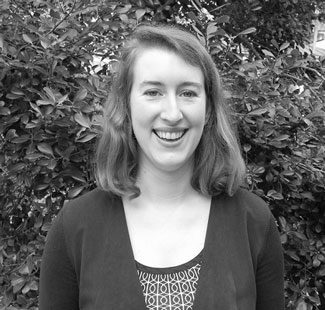
By Maeve Elder,
Communication & Outreach Coordinator at Missouri Gateway Green Building Council
For cities like St. Louis, a greenway project offers a unique opportunity to build pathways towards a sustainable future. Greenways provide well-known environmental and recreational benefits, but they can also generate a host of social and economic benefits. In addition to fostering ecological restoration and creating safe and healthy recreation space, they can lay the groundwork for community empowerment and economic development. The Brickline Greenway project here in St. Louis shows how a greenway project can be a catalyst for equitable, sustainable development.
By connecting the city east-west from Gateway Arch to Forest Park, and north-south from Fairground Park to Tower Grove Park, the Brickline will connect communities that have historically been divided. The planned greenway connection between Midtown and Fairground Park will generate vital benefits for communities that have experienced decades of disinvestment. Not only will this public green infrastructure run directly to the doorstep of these communities, it will act as a catalyst for economic development that will benefit communities and residents through expanded economic opportunity, business and job growth, and a strengthened tax base. Of course, in-depth community engagement, inclusive design, and diverse collaborations between public and private organizations have been vital to ensuring that the outcomes of the Brickline are equitable and sustainable.
The Brickline will begin to repair systemic divides, both physical and social. By transforming the edge of an historic industrial corridor along Market into a new green civic corridor, the greenway will knit together fragmented areas bisected by infrastructure into a navigable network of pedestrian and bike paths. This will make alternate forms of transit more viable. It will also forge vital social connections – by creating shared public infrastructure that connects diverse communities and city assets, and by connecting St. Louisans to the history of places it traverses, like Mill Creek Valley. The Pillars of the Valley monument, developed by artist Damon Davis with Lamar Johnson Collaborative, commemorates the former thriving African American neighborhood, while serving as a testament to the devastating impact of redlining and urban renewal. Embedded as a core part of the greenway, public art like this can repair our connection to place and history and make tangible the inclusive nature of this new public space. By generating environmental, social and economic benefits for diverse communities across St. Louis, the Brickline Greenway offers a compelling model for what it takes to create a pathway to a more equitable and sustainable future.


